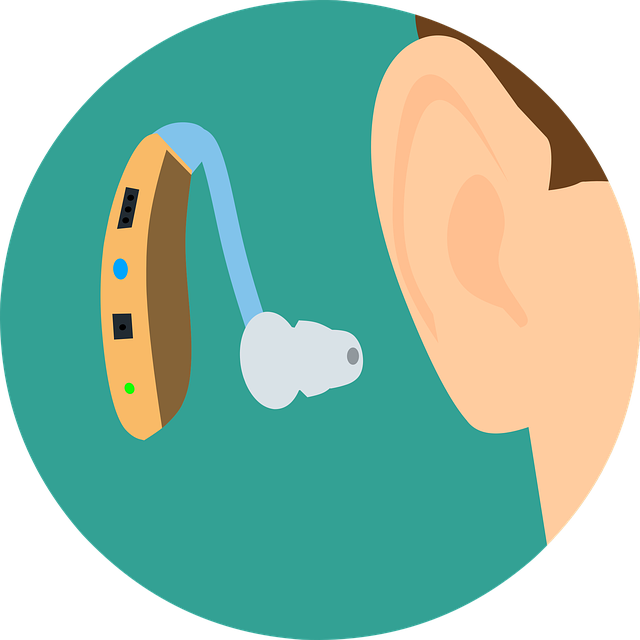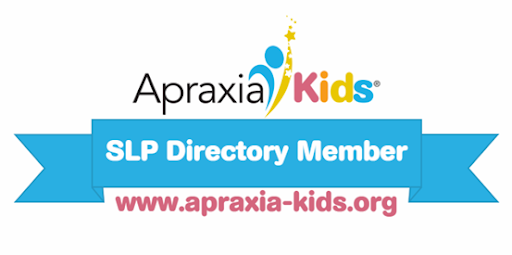
Autism Rates Increase
According to the ASHA WIRE (April, 2023), the rate and prevalence of Autism in the last two years has increased from 1 in 44 kids (2021) to 1 in 36 (2023). These estimates were obtained from surveillance data distributed by the Center for Disease Control and Prevention (CDC.) This change in distribution within the population is said to be due to better screening measures, improved awareness and understanding of Autism Spectrum disorders and greater access to supportive services. In addition to this higher overall prevalence of Autism, new information on Autism in girls was obtained, showing that for the first time in history, the rate of Autism in 8-year old girls has exceeded 1%. Research on Autism shows that











